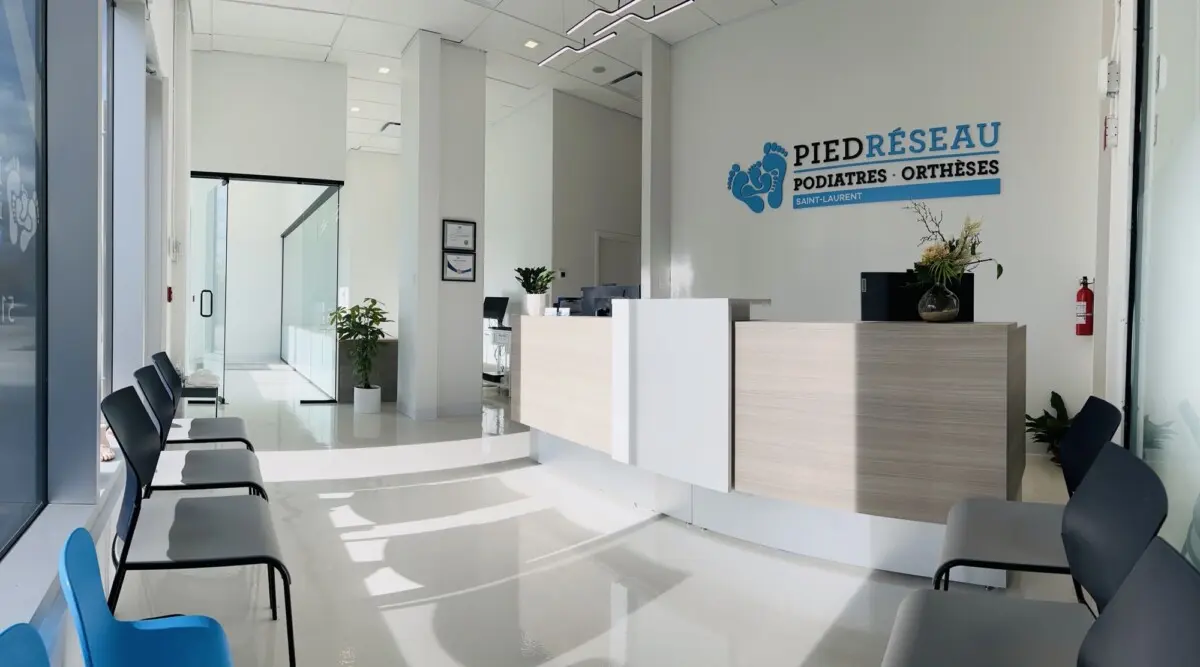
Easy to access, our podiatry clinic in Saint-Laurent warmly welcomes you and treats the major foot problems of the whole family.
Podiatry and Orthopedic Clinic in Saint-Laurent
The PiedRéseau Saint-Laurent podiatry clinic is located in the district of the same name in Montreal and is led by Dr. Marie Tran, a podiatrist. She receives patients of all ages and treats various issues related to foot health.
PiedRéseau Saint-Laurent
5380 Boul. Henri-Bourassa Ouest
Saint-Laurent, QC, H4R 0R4
directions
1-514 248-7873 Toll free
Wednesday
8:30 - 16:30
Thursday
8:30 - 16:30
Friday
10:00 - 16:00
Saturday
9:00 - 14:00
A family-oriented podiatry clinic
At our podiatry clinic, we meticulously treat a range of common foot problems that can affect all family members, such as nail fungus, plantar warts, ingrown toenails, corns and calluses, plantar fasciitis, forefoot pain, Achilles tendonitis, ankle sprains, high or flat arches, or Morton’s neuroma (pinched nerves).
Dr. Tran also performs biomechanical examinations and non-surgical minor surgeries.
Located near the new REM (Réseau express métropolitain) and many major roads in northern Montreal, our clinic is easily accessible by car or public transportation for residents of the island of Montreal as well as those in Laval.
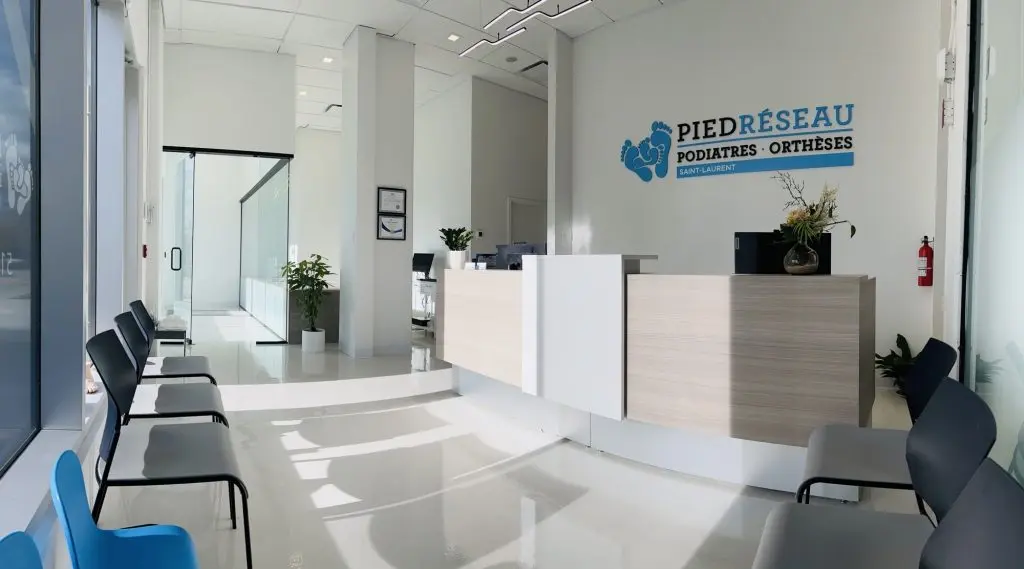


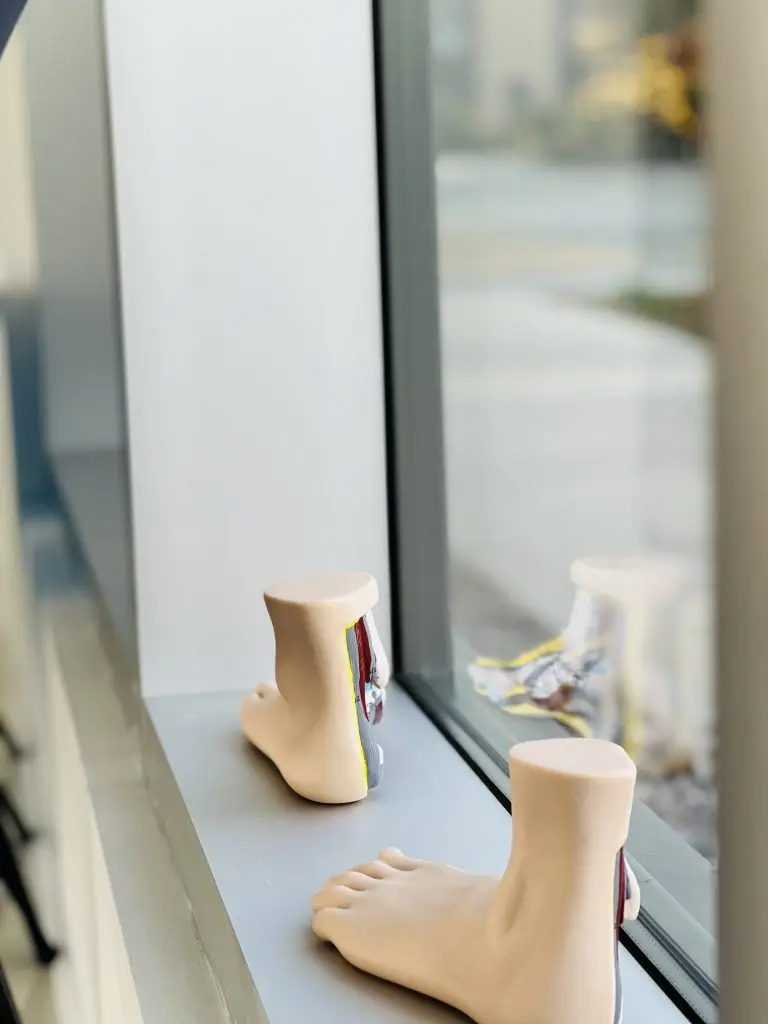
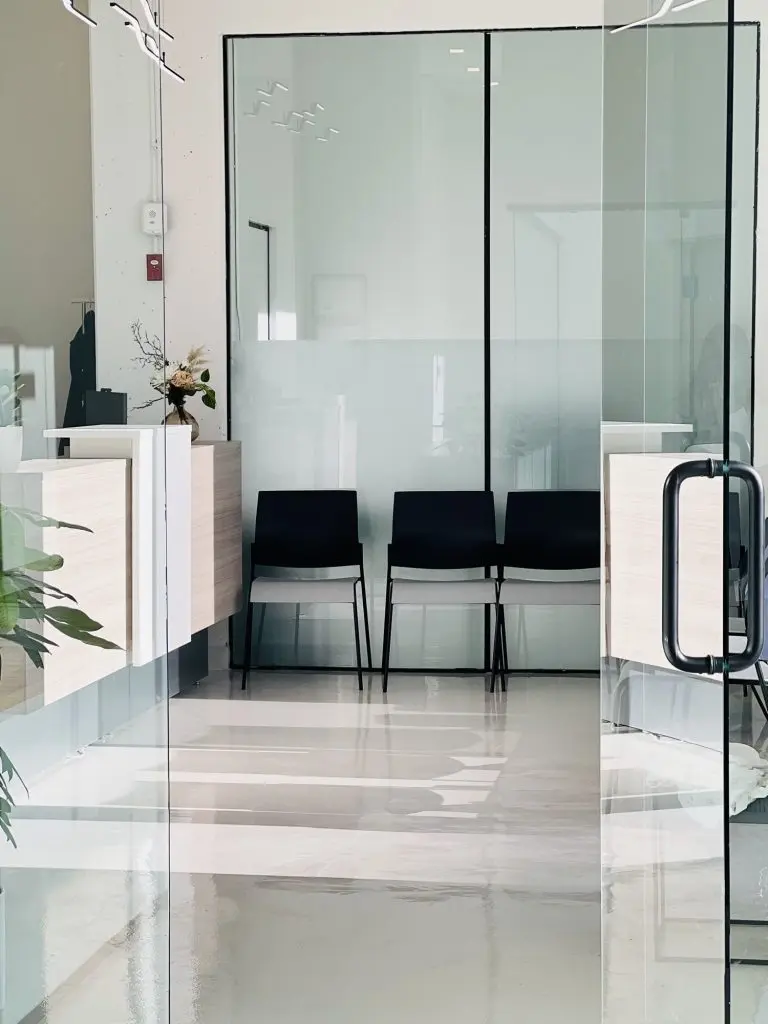
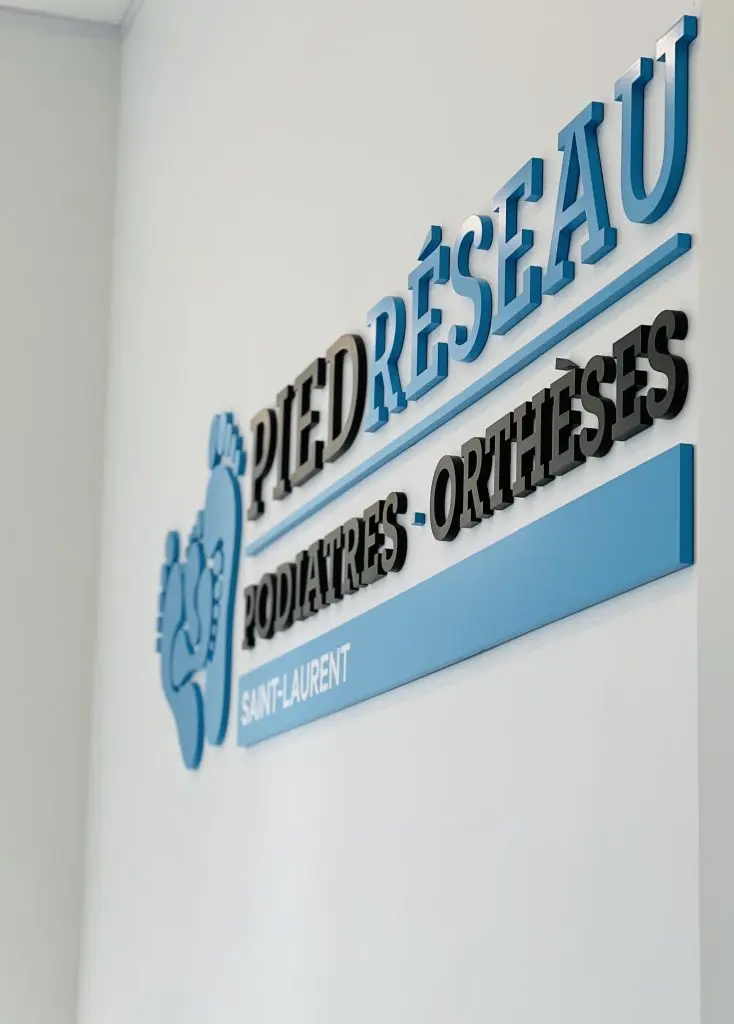
Frequent problems
- Pain : foot, ankle, leg, knee, hip and lower back
- Ingrown toenail (onychocryptosis)
- Corns, calluses and severe corns
- Plantar fasciitis: causes, symptoms and treatments
- Metatarsalgia : symptoms and treatments
- Heel spur (Lenoir’s thorn)
- Foot bunion (hallux valgus)
- Achilles tendinitis : symptoms and treatments
- Nail fungus (Onychomycosis)
- Big toe osteoarthritis (Hallux rigidus)
- Sesamoiditis : symptoms and treatments
- Hematoma under the toenail
- Functional hallux limitus
- Toenail trauma : symptoms and treatments
- Foot capsulitis : symptoms and treatments
Treatments provided
- Plantar orthotics: types, benefits, and adaptation tips
- Cortisone injections
- Ingrown toenail treatment by a podiatrist
- A podiatrist’s treatment for plantar warts
- Foot care – Nails, corns and calluses treatment
- Evaluating Children’s Feet
- Biomechanical exam : symptoms and treatments
- Nail culture : importance, advantages and procedure
- Therapeutic foot taping
- Treatment of foot pain by the podiatrist
- Toenail deformity : treatments
- Treatments for paronychia of the toe
Surgical procedures offered
Responsible for personal information/confidentiality: Marie Tran 514-449-7742
Request an appointment at the clinic
Leave us your contact details and availability and we will contact you to make an appointment.
Please note that if you are seeking podiatry services following a work-related accident (CNESST) or a road accident (SAAQ), please contact us before your appointment to obtain more information about the reimbursement procedures.
